10 Delectable Alternatives to Elevate Dishes Without Soy Sauce
Soy sauce offers salty, umami depth essential in many Asian dishes, but it isn’t always at hand or suitable for all diets.
Fortunately, a range of alternatives exists, including tamari, coconut aminos, and liquid aminos.
These options provide similar savory flavors with varying saltiness and sweetness.
Selecting the right substitute depends on your recipe’s flavor profile and dietary considerations.
Ten soy sauce alternatives offer versatility for cooking, marinades, and dipping sauces.
Adjusting quantities ensures balanced seasoning and authentic taste.
Learn to incorporate these soy sauce substitutes confidently in your favorite dishes.
Purpose of Using Soy Sauce Substitutes
Allergies or Sensitivities: Soy and wheat are common allergens, so many seek swaps that avoid both ingredients while still offering a savory taste.
Lower Sodium Needs: Regular soy sauce is quite salty, so lighter alternatives can help reduce sodium without losing flavor.
Diet Preferences: Some diets like gluten-free, paleo, or Whole30 avoid traditional soy sauce, encouraging people to choose other options.
Availability: If soy sauce isn’t on hand, substitutes help keep recipes on track with similar depth and seasoning.
Finding The Best Soy Sauce Swaps
Soy sauce swaps provide umami depth and salty flavor in stir-fries, marinades, and sauces. Various alternatives suit dietary preferences. Explore the options that could complement your cooking.
Tamari
Tamari, a Japanese sauce also known as shoyu, offers a deeper umami flavor than regular soy sauce.
In cooking, this wheat-free alternative works perfectly for those avoiding gluten, though checking labels is smart since some brands process tamari in facilities that handle wheat.
The fermentation process creates a rich, complex taste that enhances stir-fries, marinades, and dipping sauces without overwhelming other ingredients.
For best results, use tamari in equal amounts when substituting for soy sauce in recipes, maintaining the 1:1 ratio that makes swapping simple.
Many people prefer tamari's less salty profile that lets other flavors shine through while adding that savory depth Japanese cuisine is famous for.
Worcestershire Sauce
Worcestershire, a centuries-old English sauce made from anchovies, vinegar, and spices, offers a tangy alternative to soy sauce with its distinctive fermented flavor profile.
Many cooks value this condiment for its complex taste that adds depth to marinades, stews, and meat dishes without overwhelming them.
The main difference lies in Worcestershire's tanginess compared to soy sauce's umami-forward saltiness, so additional salt might be necessary when making the swap.
For most recipes, a 1:1 substitution works well, though you can adjust according to your preference for tartness.
Those following a vegan diet should note that traditional Worcestershire contains anchovies, making it unsuitable as an animal-free alternative unless specifically purchasing a vegan version.
Fish Sauce
Fish sauce stands out as a powerful umami ingredient in Asian cooking, adding incredible depth to sauces and soups through its fermented fish amino content.
The intense saltiness might seem overwhelming at first, but don't worry - that fishy smell mostly disappears once it's incorporated into your dish.
For those following gluten-free diets, checking labels is important since processing methods vary between brands and could introduce gluten.
When using fish sauce as a substitute, a 1:1 ratio generally works well in most recipes.
You can always adjust by using slightly less and adding salt to taste if the fishiness seems too strong for your preference.
Salt
Salt stands as the most accessible and budget-friendly substitute for soy sauce when you're in a pinch.
During those cooking moments when the fridge reveals an empty soy sauce bottle, salt can save your dish from disaster.
The main drawback involves missing that deep umami flavor that makes soy sauce special in certain recipes.
For best results, salt works better in dishes where soy sauce isn't the star ingredient.
Since salt contains high sodium levels, tasting as you cook helps prevent over-seasoning your food.
The general substitution guideline suggests using 1/4 teaspoon of salt for every teaspoon of soy sauce called for in recipes.
Different dishes may require adjustments to this ratio, especially when other salty ingredients are present.
Coconut Aminos
Coconut aminos offers a fantastic alternative to soy sauce, derived not from the fruit but from fermented sap of the coconut plant.
The fermentation process creates a deliciously dark brown sauce with the perfect balance of sweet and salty flavors that works wonderfully in various dinner recipes and marinades.
Many people with dietary restrictions appreciate coconut aminos because it's completely gluten-free and vegan while containing significantly less sodium than traditional soy sauce.
This substitute also provides relief for those with wheat or soy allergies who still crave that umami flavor in their cooking.
Substituting is straightforward- just use coconut aminos in a simple 1:1 ratio whenever a recipe calls for soy sauce, and you won't notice much difference in the final dish.
Oyster Sauce
Oyster sauce brings a unique depth to Asian cuisine with its rich umami taste and syrupy consistency, while containing less sodium than soy sauce.
This savory condiment combines salt, sugar, and oyster extract with a thickening agent to create its distinctive texture that clings beautifully to food.
People with dietary restrictions should check labels carefully since many brands contain gluten or soy ingredients that might trigger sensitivities.
In recipes, oyster sauce can replace soy sauce in a simple 1:1 ratio, though the resulting dish will have a slightly sweeter, more complex flavor profile.
The dark brown sauce adds a wonderful caramel-like quality to stir-fries, marinades, and dipping sauces that's hard to match with other condiments.
Liquid Aminos
Liquid aminos offers a delicious alternative to soy sauce with its sweeter, milder flavor profile, despite being made from unfermented soybeans.
Many people appreciate that it works perfectly as a 1:1 replacement in recipes, which explains why bottles often proudly announce "soy sauce substitute" on their labels.
The saltier taste comes from its higher sodium content, something to consider when seasoning your dishes.
For those with dietary restrictions, liquid aminos provides an excellent option since it's vegan, gluten-free, and contains no alcohol.
Though not suitable for those avoiding soy completely, this versatile condiment accommodates most other food sensitivities while delivering that umami punch everyone craves in their favorite Asian-inspired meals.
Anchovies
Anchovies may seem intimidating at first, but these small fish add fantastic flavor depth to sauces without being recognizable in the final dish.
Salt-cured anchovies bring a rich umami taste that makes them an excellent soy sauce alternative when you're in a pinch.
The best part about buying anchovies in jars is their impressive six-month shelf life, letting you keep them handy for whenever flavor enhancement is needed.
These tiny flavor bombs work best in hot liquids like sauces, dressings, and soups where they simply melt away, though they remain visible in dishes like stir-fries unless finely chopped.
For perfect substitution results, just use one or two anchovies to replace each tablespoon of soy sauce in your recipes.
Hoisin Sauce
Hoisin sauce is an excellent soy sauce substitute with its rich flavor profile, making it perfect for glazing meats or using as a dipping sauce.
The thick consistency offers a more concentrated taste than traditional soy sauce, though you may need to thin it with water for certain recipes.
For best results, add water before measuring to maintain the recommended 1:1 substitution ratio when replacing soy sauce in your dishes.
This Chinese condiment brings sweet and savory notes that can enhance stir-fries, marinades, and many Asian-inspired meals without much adjustment.
Its distinctive flavor comes from ingredients like fermented soybeans, garlic, and various spices that give your food a delicious depth.
Miso Paste
Miso paste stands out as a popular substitute ingredient made from fermented soybeans, similar to soy sauce but in paste form instead of liquid.
This versatile addition works wonderfully in soups and sauces where it easily melts into your cooking, creating rich flavor profiles that can surprise you even in sweet applications like caramel.
For meats and dips, miso might not be your best choice since its texture doesn't complement these foods as effectively.
When using miso as a replacement, simply follow a 1:1 substitution ratio for best results.
The paste can be thinned with a little water if needed and should be stored in your refrigerator to maintain its freshness and flavor.
Usage Tips of Soy Sauce Substitutes
Choosing the right soy sauce substitute can be tricky, but understanding how to match flavors, adjust amounts, and use them in different dishes will help you get delicious results every time.
Flavor Profile Matching
When swapping soy sauce, it’s important to consider how closely the substitute matches its distinctive salty, umami-rich, and slightly sweet flavor.
Some alternatives might be saltier, sweeter, or have a different fermentation profile, so understanding the flavor differences helps you pick the best match for your recipe.
If the substitute is milder, you might need to add extra seasonings like garlic or mushroom powder to boost the umami.
On the other hand, stronger or more pungent substitutes should be used sparingly to avoid overpowering your dish.
Adjusting Quantities
Since soy sauce substitutes can vary widely in saltiness and intensity, adjusting the amount you use is key. It’s best to start with less than what the recipe calls for and gradually increase to taste.
This prevents your dish from becoming too salty or unbalanced. Also, consider the liquid content of the substitute; some are thicker or thinner than soy sauce, which can affect the consistency of sauces or marinades.
If the substitute is thinner, you may want to reduce other liquids slightly; if thicker, a small splash of water might help keep things balanced.
Culinary Applications
Different dishes call for different types of soy sauce substitutes depending on how the soy sauce is used.
For example, in marinades or stir-fries, a substitute that blends well with other strong flavors and holds up to heat is important. For dipping sauces or dressings, a substitute with a smoother, milder taste might work better to avoid overpowering delicate ingredients.
In soups and stews, substitutes that add depth without too much saltiness help maintain a balanced broth.
Homemade Soy Sauce Alternatives
Check this simple guide to make a homemade soy sauce alternative using basic pantry ingredients. It won’t taste exactly like the real thing but will still give you that deep, savory flavor many dishes need.
Ingredients for Homemade Soy Sauce Substitute
Optional: a few drops of toasted sesame oil for a richer finish
How to Make Homemade Soy Sauce Substitute
Step 1: Mix everything in a small saucepan over medium heat.
Step 2: Stir gently until the sugar or molasses dissolves completely.
Step 3: Simmer for 10–12 minutes, uncovered, to let the flavors deepen slightly.
Step 4: Cool completely, then pour into a clean glass jar or bottle.
Step 5: Refrigerate and use within 1–2 weeks. Give it a shake before using if any ingredients settle.

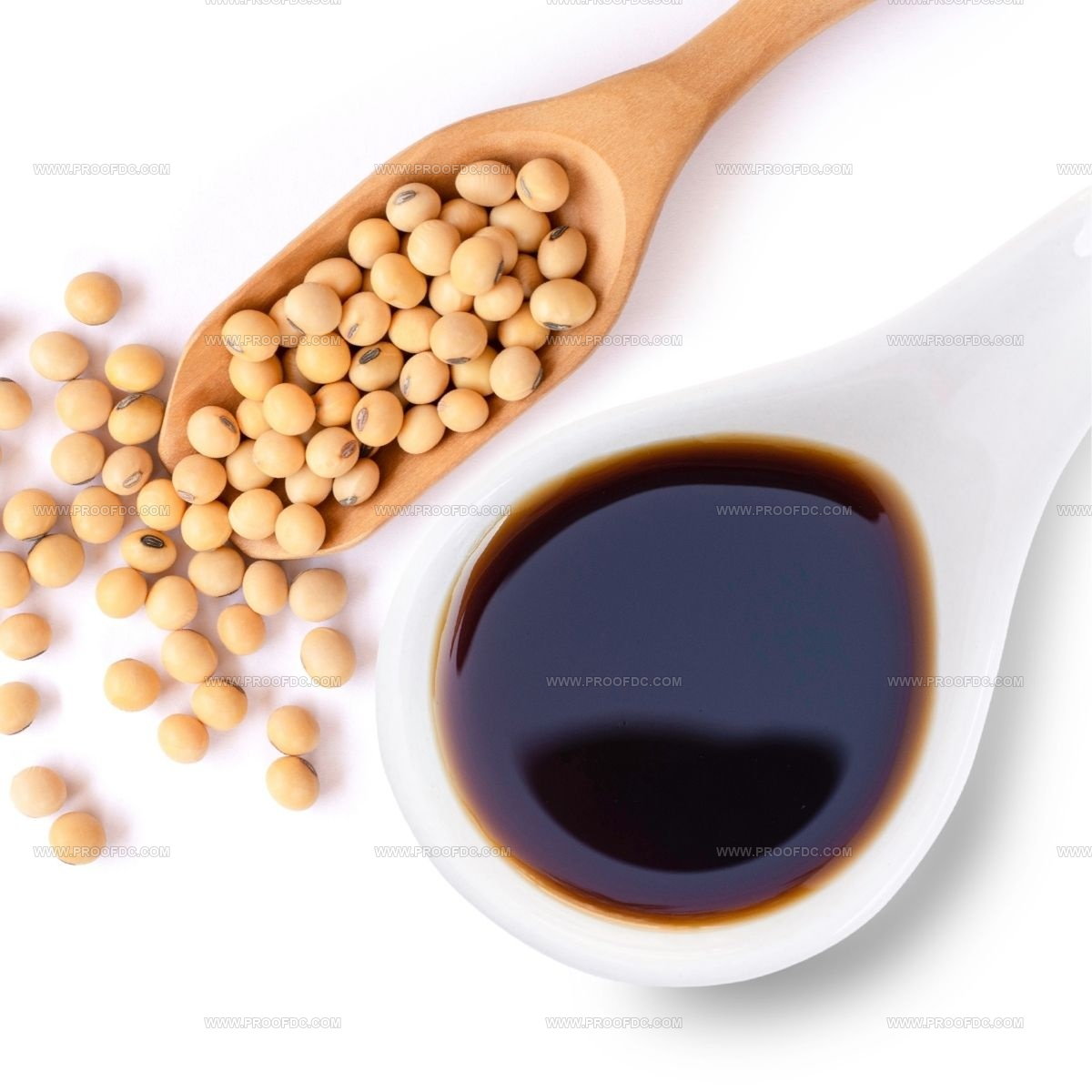
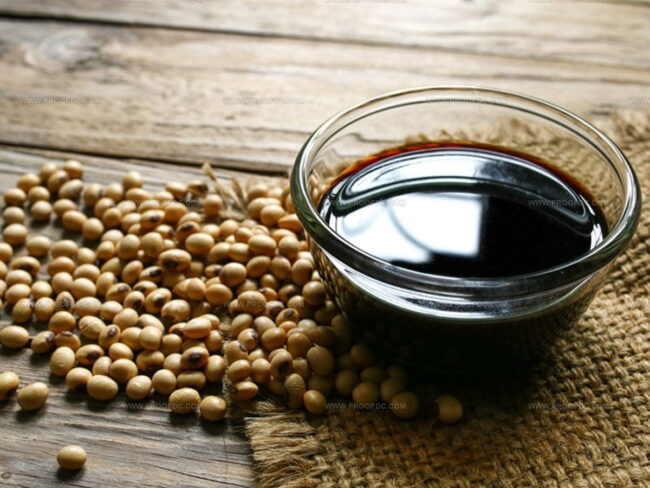
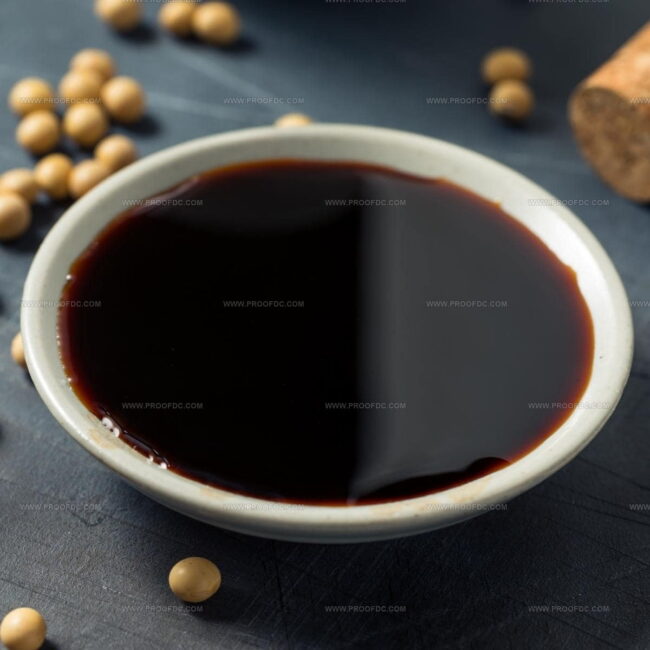
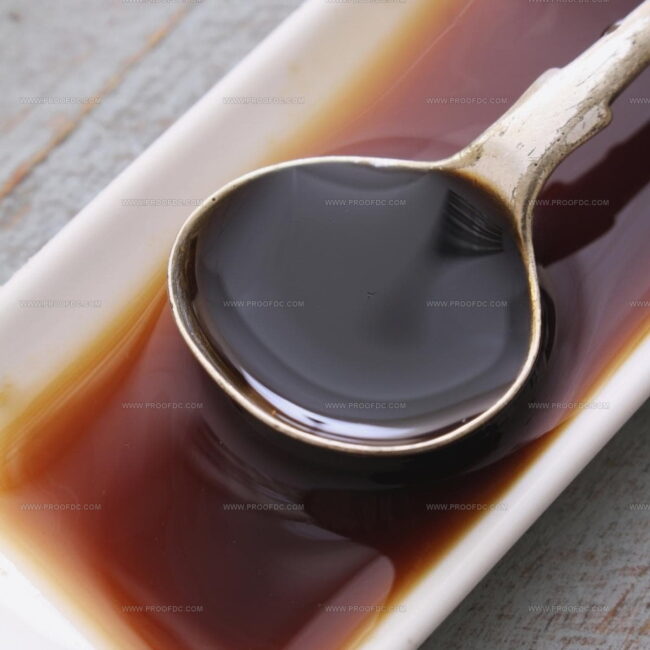
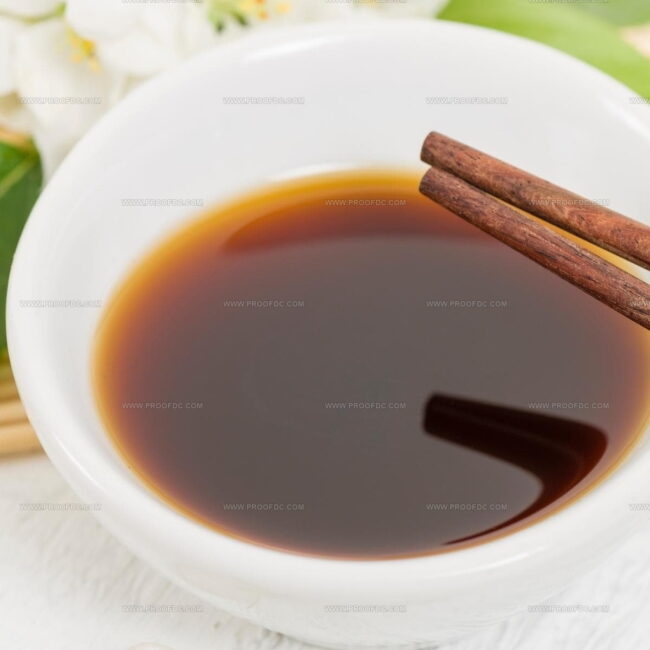


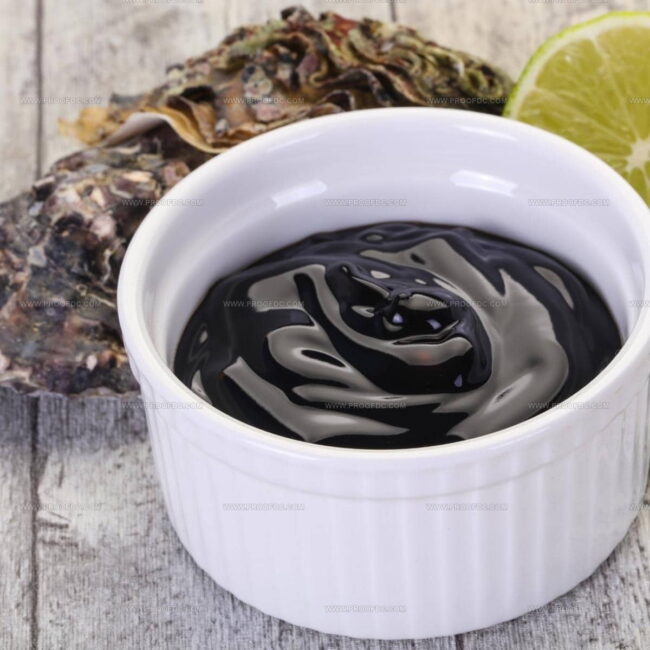
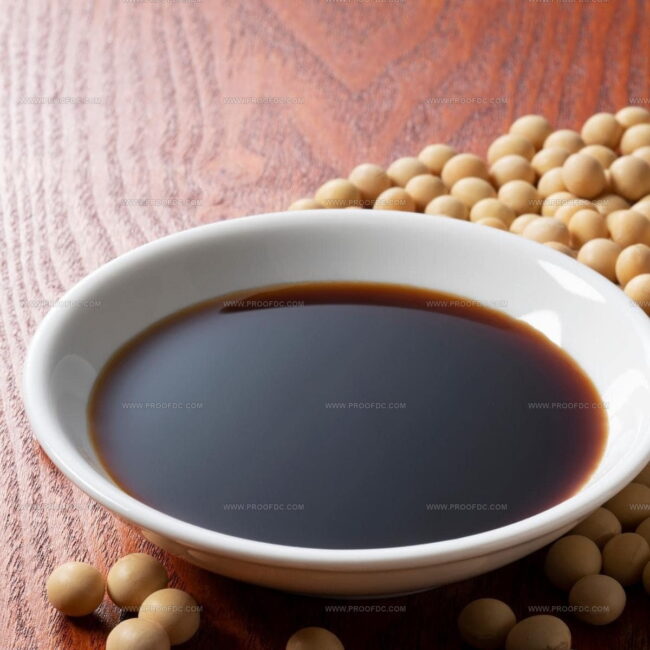

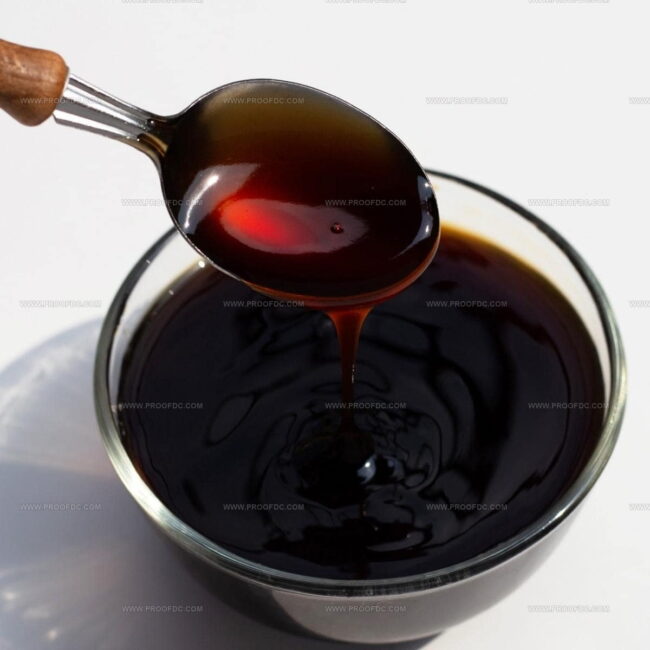
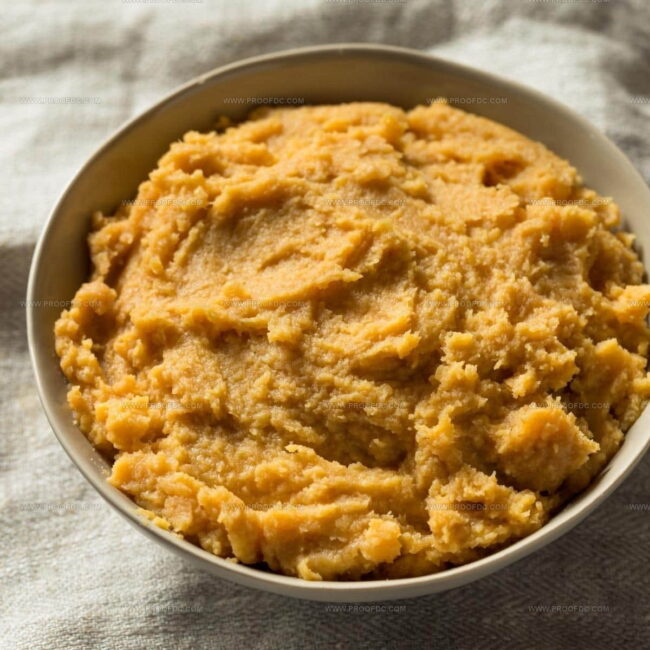
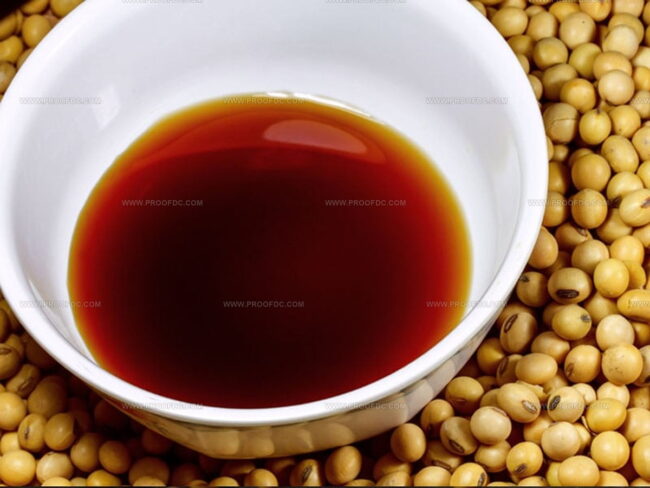
Marcus Foley
Food Critic & Kitchen Coach
Expertise
Recipe Testing and Troubleshooting; Time-Saving Kitchen Hacks; Global Flavor Exploration; Engaging Food Writing and Honest Reviews.
Education
Institute of Culinary Education (ICE), New York, NY
Marcus Foley, based in Atlanta, GA, is a friendly food expert who makes cooking fun and simple.
With hands-on training from the Institute of Culinary Education and years of tasting everything from street food to fine dining, he shares easy kitchen hacks, global flavor ideas, and step-by-step recipes that turn kitchen mishaps into delicious surprises.